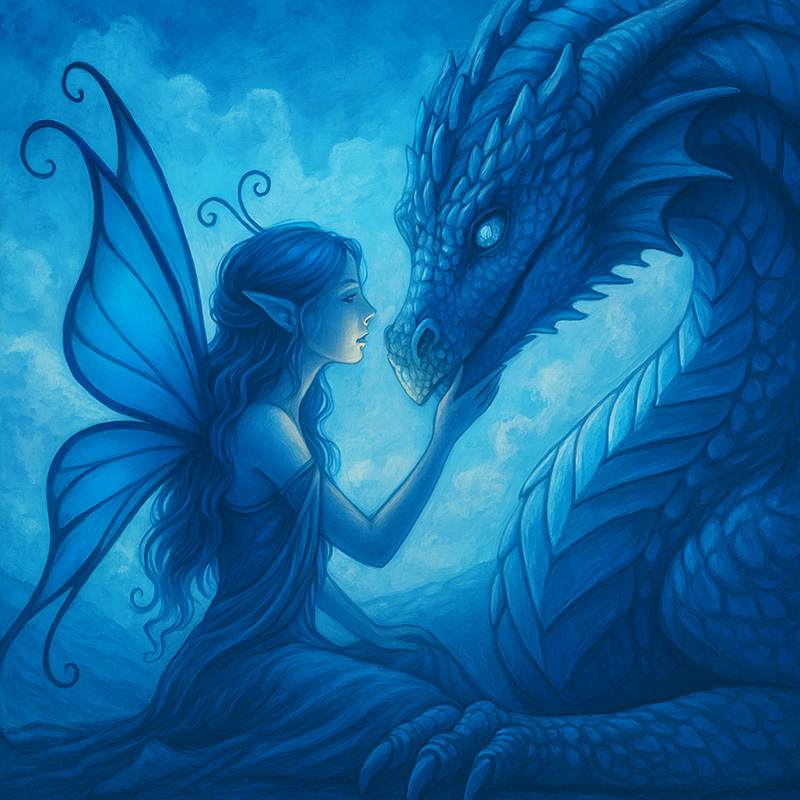Tag: Rayne Hall
-

How to Improve Your Book’s Blurb (Guest Post by Rayne Hall)
HOW TO IMPROVE YOUR BOOK’S BLURB by Rayne Hall The blurb (book description) on the book’s back cover and online product page is the most important part of the book. Almost everyone reads or at least skims it before deciding whether or not to buy. It probably plays a bigger role in your sales…
-

Writing Craft: Body Language in Dialogue Scenes
A guest post from Rayne Hall. Body language can add another dimension to your dialogue scene, because it reveals a person’s intentions, feelings or mood. The five main types of body language are gesture, posture, movement, facial expression and tone of voice. Gesture Examples She pointed to the orchard. “I saw him there.” He slammed…
